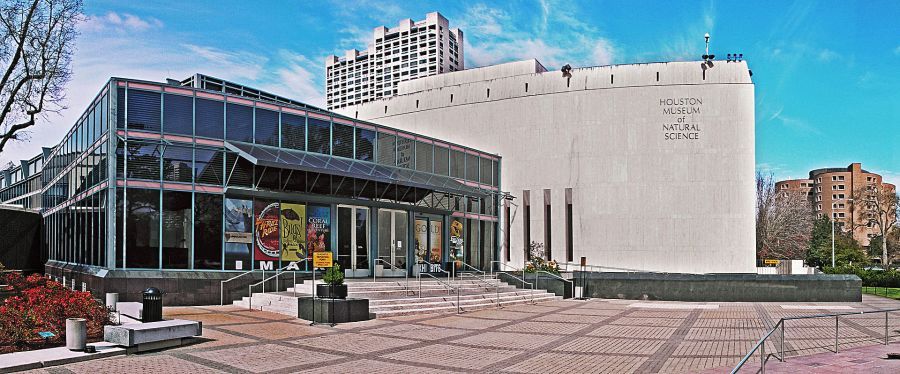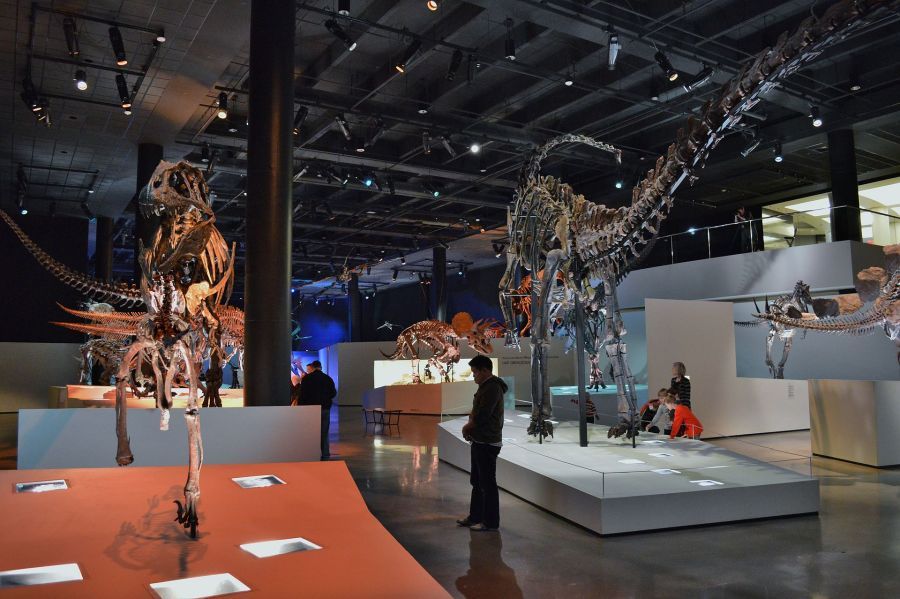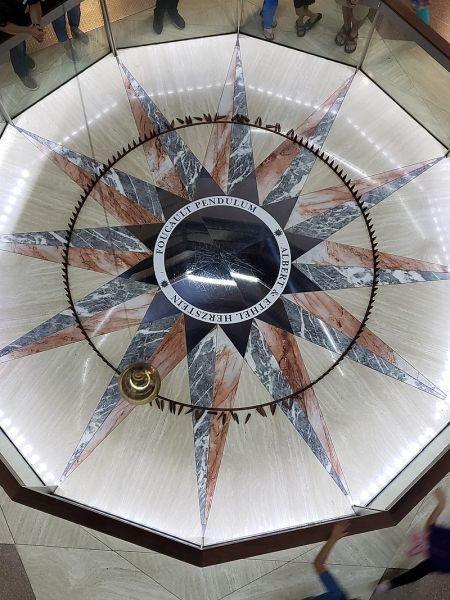The Houston Museum of Natural Science, or simply known as HMNS, is a natural museum in Houston, Texas. The museum has an estimated two million visitors every year who all come and see the four floors full of natural science halls and exhibits. The Houston Museum of Natural Science is one of the most famous museums in the United States. It’s popularity is often credited to its vast guests and special exhibits. In this article, we will know more about the history of this museum, and it’s iconic facilities.
History
The original museum organization called the Houston Museum and Scientific Society, Inc. was created in 1909. The museum acquired its first collection between 1914 and 1930. This collection included the natural-history assembly done by Henry Philemon Attwater, as well as a donation from collector John Milsaps, which later formed the museum’s central gem and mineral collection. In 1947, the museum began showcasing wide-range education programs began which hosted 12,000 children in 1949.
In 1960, the museum was officially renamed as the Houston Museum of Natural Science. Aside from this, the construction of the current facility in Hermann began, and it was completed in 1969.
In 1990, more than one million people were visiting the museum every year. This is why the trustees of the HMNS were determined to add new state-of-the-art facilities, space, and some renovations to the current exhibits. Between 1991 and 1994, several exhibit halls in the museum were renovated. It was also during this time when the Sterling Hall of Research expansion project was completed. In 2009, the Houston Museum of Natural Science celebrated its 100th year, which is why during that year, the museum offered several free lectures, family programs, events, as well as kids’ classes, which are all part of their “Fun Hundred” celebration.
In June 2012, the museum opened its paleontology hall, a 230,000 square foot wing that doubled the size of the original museum. In this hall, you will see fourteen murals that were created by Paleoartist, Julius Csotonyi. These murals were based on the concept drawings done by HMNS Curator of Paleontology, Robert Bakker. Aside from that, you can also see 60 large skeleton mounts, like three Tyrannosaurus rex and three big Quetzalcoatlus.
Major Facilities in Houston Museum of Natural Science
Burke Baker Planetarium – In this facility, you will be presented with a range of science and astronomy shows. This Planetarium is equipped with the state-of-the-art Digistar 5 full-dome projection system. That is why it is considered to be one of the first 8k planetariums in the United States. This Planetarium first opened in 1969, and back then, it was a Spitz Space Transit Planetarium. In 1988, the Planetarium got an upgrade where it was installed, an Evans & Sutherland Digistar 1 vector display. It was the first Planetarium in the U.S. and third in the world to have a multiple-projector digital image capability. In 1998, the Planetarium started using the Sky-Skan SkyVision system, which allowed it to showcase full-dome movies, that were mostly created by HMNS staff.
Cockrell Butterfly Center – This is a butterfly zoo that opened in the museum complex in 1994. The Cockrell Butterfly center has a three-story glass building that is filled with butterflies and tropical plants. The center is home to a broad range of live butterflies, such as the migratory monarchs and their tropical cousins. The Cockrell Butterfly Center got closed for some time, and it reopened in May 2007 after some renovations to make the exhibit more interactive. Today, children can now play interactive games as well as witness a live insect zoo in the Brown Hall of Entomology.
Wortham Giant Screen Theatre – The Wortham Giant Screen Theater has about 394-seats and a 60×80 foot screen that presents several educational films all in 4K digital resolution and advanced 3D technology.
George Observatory – In this facility, you can see an astronomy observatory loaded with three domed telescopes, including a solar telescope and a 36-inch Gueymard Research Telescope. This facility is situated just south of Sugar Land, Texas, at Brazos Bend State Park. In this observatory, you will also get to see a part of the Challenger Learning Center for Space Science Education.




